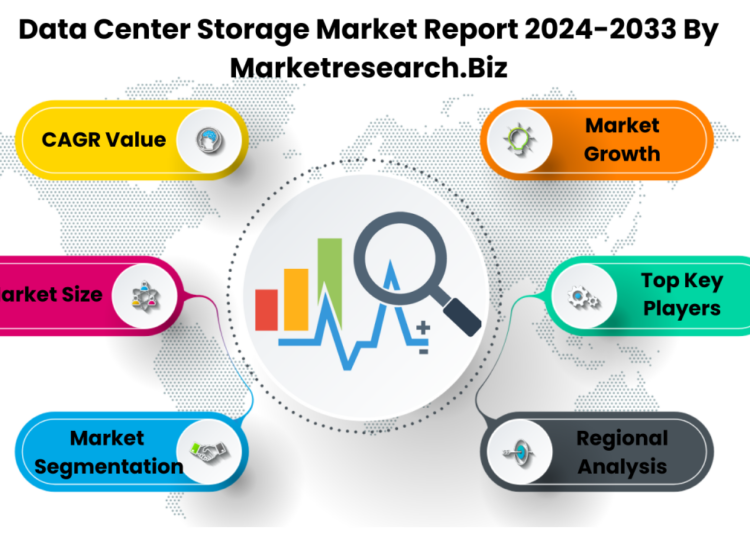B2B marketing checklist: To succeed in today’s competitive business landscape, companies need a comprehensive strategy that covers all the essential elements of effective business-to-business marketing. From defining your target audience and crafting compelling messaging to leveraging the right channels and measuring performance, a well-designed B2B marketing checklist can help ensure that no critical steps are overlooked. By systematically working through each item on the list, marketers can develop a cohesive plan that aligns with their organization’s goals, resonates with decision-makers, and drives measurable results. In this article, we’ll explore the key components of a winning B2B marketing checklist and provide practical tips for optimizing your efforts at every stage of the funnel.
Toc
- 1. Define Your Target Audience
- 2. Set Clear Marketing Goals
- 3. Develop a Comprehensive Content Strategy
- 4. Develop a Strong Brand Identity
- 5. Create Valuable Content
- 6. Optimize Your Website
- 7. Leverage Social Media
- 8. Invest in Search Engine Marketing (SEM)
- 9. Implement Email Marketing
- 10. Attend Industry Events and Conferences
- 11. Collaborate with Influencers
- 12. Measure and Analyze Results
Define Your Target Audience
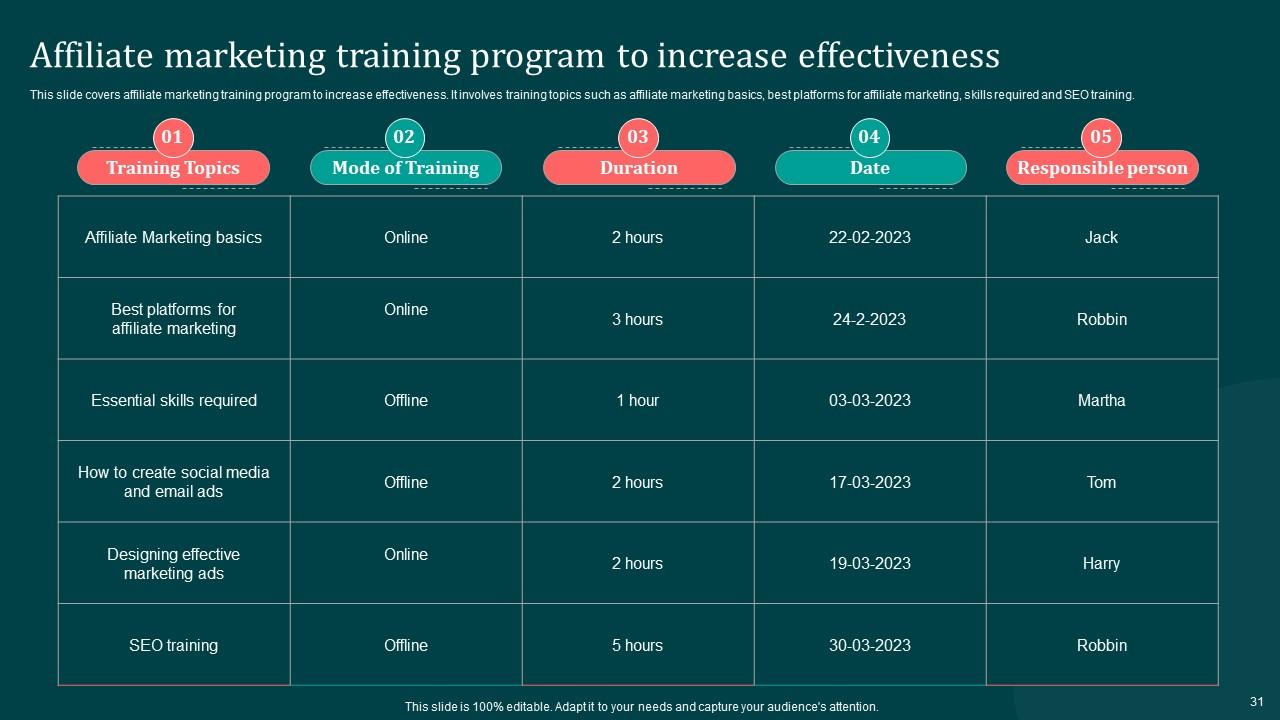
Understanding your target audience is the foundation of any marketing strategy. Begin by identifying key demographics, such as industry, company size, job role, and geographic location. This step should also include an in-depth analysis of your audience’s challenges, needs, and the solutions they are searching for. Leveraging this information will enable you to tailor your messaging and marketing efforts to resonate deeply with your audience, thereby improving engagement and conversion rates.
Before messages are crafted or campaigns designed, understanding who you’re marketing to is paramount.
Identify Your Ideal Customer Profile (ICP)
Begin with demographic information to pinpoint your highest-value potential customers. This involves characteristics like industry, company size, and geographical location that would make a company a perfect fit for your offering.
Create Buyer Personas
Go beyond demographics and into behavior patterns, goals, and challenges. Creating detailed personas humanizes your audience, enabling more tailored messaging and a deeper connection with your potential customers.
Understand Your Audience’s Pain Points and Needs
Use market research and direct communication to uncover challenges your audience faces. Addressing these pain points through your marketing can make your brand an invaluable resource to your target.
Set Clear Marketing Goals
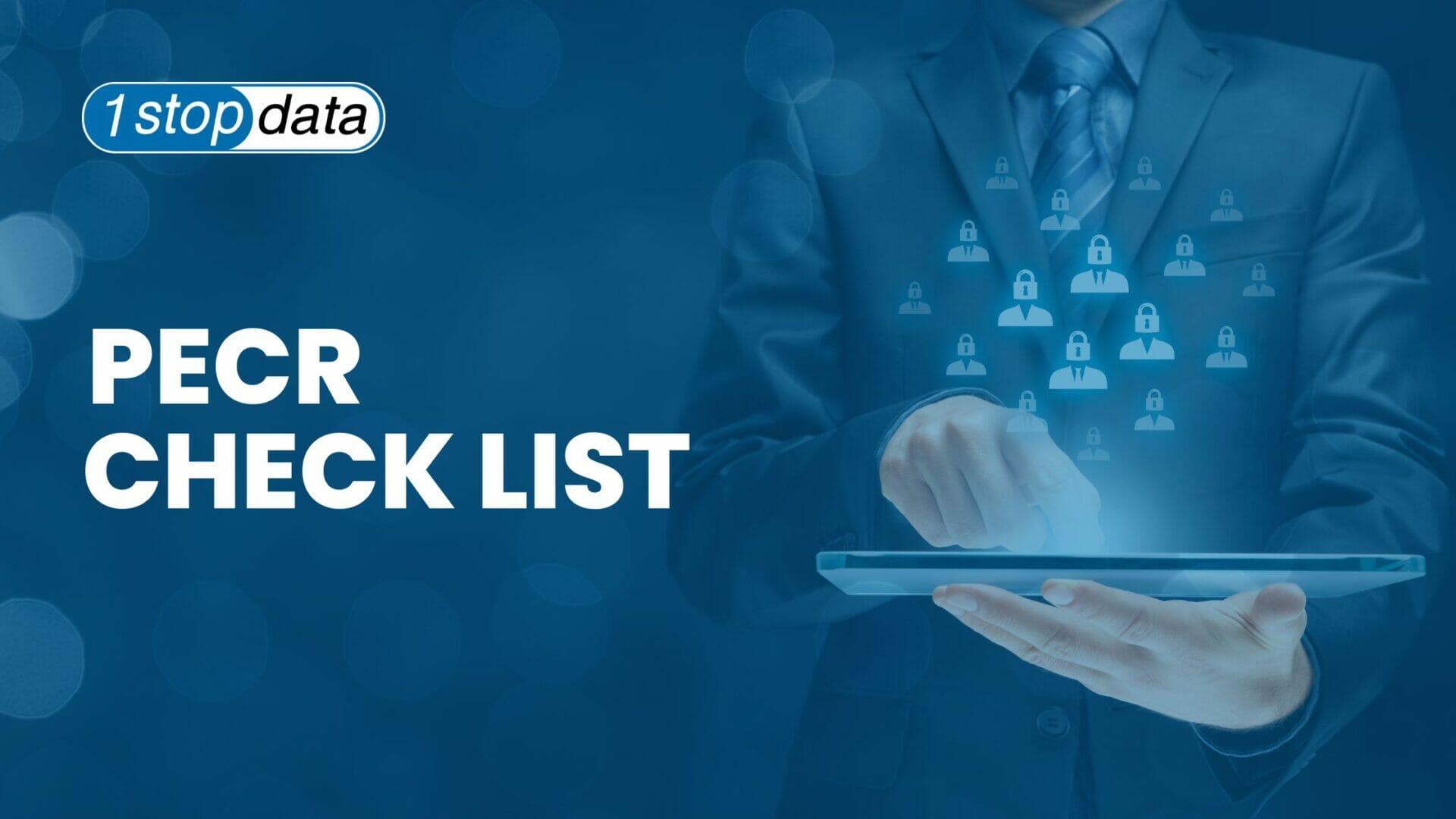
Ambiguity in objectives can sidetrack even the most well-thought-out plans.
Setting clear, measurable goals provides direction and purpose to your marketing efforts. It allows your team to focus on specific outcomes, whether it’s increasing brand awareness, generating leads, boosting sales, or improving customer retention. Begin by setting SMART goals—Specific, Measurable, Achievable, Relevant, and Time-bound—to ensure every action is aligned with your broader business objectives. This step is crucial for evaluating success and making data-driven decisions to adjust strategies as needed. Establishing these goals early in the planning process helps in creating a cohesive strategy that delivers tangible results.
Align Marketing Goals with Business Objectives
Your marketing objectives must align directly with your organization’s overall vision and strategy. Whether it’s improving brand awareness, increasing customer retention, or driving sales, make sure your marketing efforts are in lockstep with what the business aims to achieve.
Make Goals Specific, Measurable, Achievable, Relevant, and Time-Bound (SMART)
Follow the SMART criteria to ensure your goals are well-defined and focused. This methodology keeps you accountable and provides clear direction for your team.
Develop a Comprehensive Content Strategy

Content is the heartbeat of any robust B2B marketing strategy. It is the vehicle through which companies can communicate their value proposition, showcase their expertise, and address their audience’s pain points. Developing a comprehensive content strategy requires a multifaceted approach:
Identify Key Content Pillars
Content pillars are the core themes or topics that all your content will revolve around. These should directly relate to your audience’s needs and your business’s value proposition. Identifying these pillars will guide the creation of content that is both relevant and engaging.
Plan a Content Calendar
Organizing a content calendar helps in planning and executing your content strategy efficiently. It ensures a consistent publication schedule, which is key to building an audience and improving engagement rates. Include a variety of formats such as blogs, whitepapers, infographics, and videos to cater to different preferences.
Tailor Content to Buyer Journey Stages
Understanding that your audience will be at different stages of the buyer’s journey is crucial. Tailor your content to address the needs and questions of your audience at each stage—awareness, consideration, and decision—to nurture leads effectively through the funnel.
Utilize SEO Best Practices
Incorporating Search Engine Optimization (SEO) best practices is essential for improving online visibility and attracting organic traffic. Conduct keyword research to understand what your target audience is searching for and optimize your content accordingly. This includes using relevant keywords, optimizing meta descriptions, and creating valuable backlinks.
Leverage Content Distribution Channels
Creating high-quality content is just the first step; you also need to ensure it reaches your target audience. Leverage various distribution channels such as your website, social media platforms, email marketing, and industry forums to maximize your content’s reach and impact. Additionally, consider paid promotion to boost visibility in highly targeted segments.
Content strategy is an ongoing process that requires constant iteration and optimization. Utilize analytics to measure performance, understand what resonates with your audience, and refine your approach accordingly.
Establish Key Performance Indicators (KPIs)
Select KPIs that accurately measure progress towards your goals. These metrics, such as website traffic, conversion rates, and customer acquisition costs, can help you track performance and adjust strategies as needed.
Develop a Strong Brand Identity

A durable B2B marketing strategy needs a solid brand foundation that resonates with your audience.
Creating a brand identity that speaks to your audience involves more than a memorable logo or slogan; it encompasses your company’s values, voice, and the unique promise you make to your customers. It’s about crafting a cohesive experience across all customer touchpoints that aligns with your audience’s expectations and your business objectives. This begins with a deep understanding of your market and involves consistent messaging that communicates your strengths and differentiates you from your competitors.
Define Your Brand’s Voice and Tone
Consistency in voice and tone is fundamental to building trust and loyalty among your target audience. Whether it’s professional, approachable, innovative, or informative, your brand voice should reflect your company values and appeal directly to your audience’s preferences and needs.
Visual Identity Matters
A strong visual identity—encompassing logo design, color scheme, typography, and imagery—creates instant recognition and fosters a sense of familiarity. Ensure your visual elements are versatile, scalable, and distinctive to stand out in the crowded B2B market space.
Consistent Messaging Across All Channels
Ensure your brand messaging is consistent across all platforms and points of communication, from your website and social media profiles to marketing materials and product packaging. This consistency reinforces your brand identity and helps build a cohesive narrative around your business.
Engage and Humanize Your Brand
In the digital age, personal connection and engagement have become increasingly valuable. Humanize your brand by sharing stories, celebrating customer successes, and participating actively in community discussions. Engagement strategies such as social media interactions, community involvement, and customer feedback initiatives can bridge the gap between business and consumer, building a strong, engaged community around your brand.
By meticulously developing a strong brand identity, B2B marketers can carve out a unique position in the market that attracts and retains loyal customers. This solid foundation not only supports all marketing efforts but also drives long-term business success.
Define Your Unique Value Proposition (UVP)
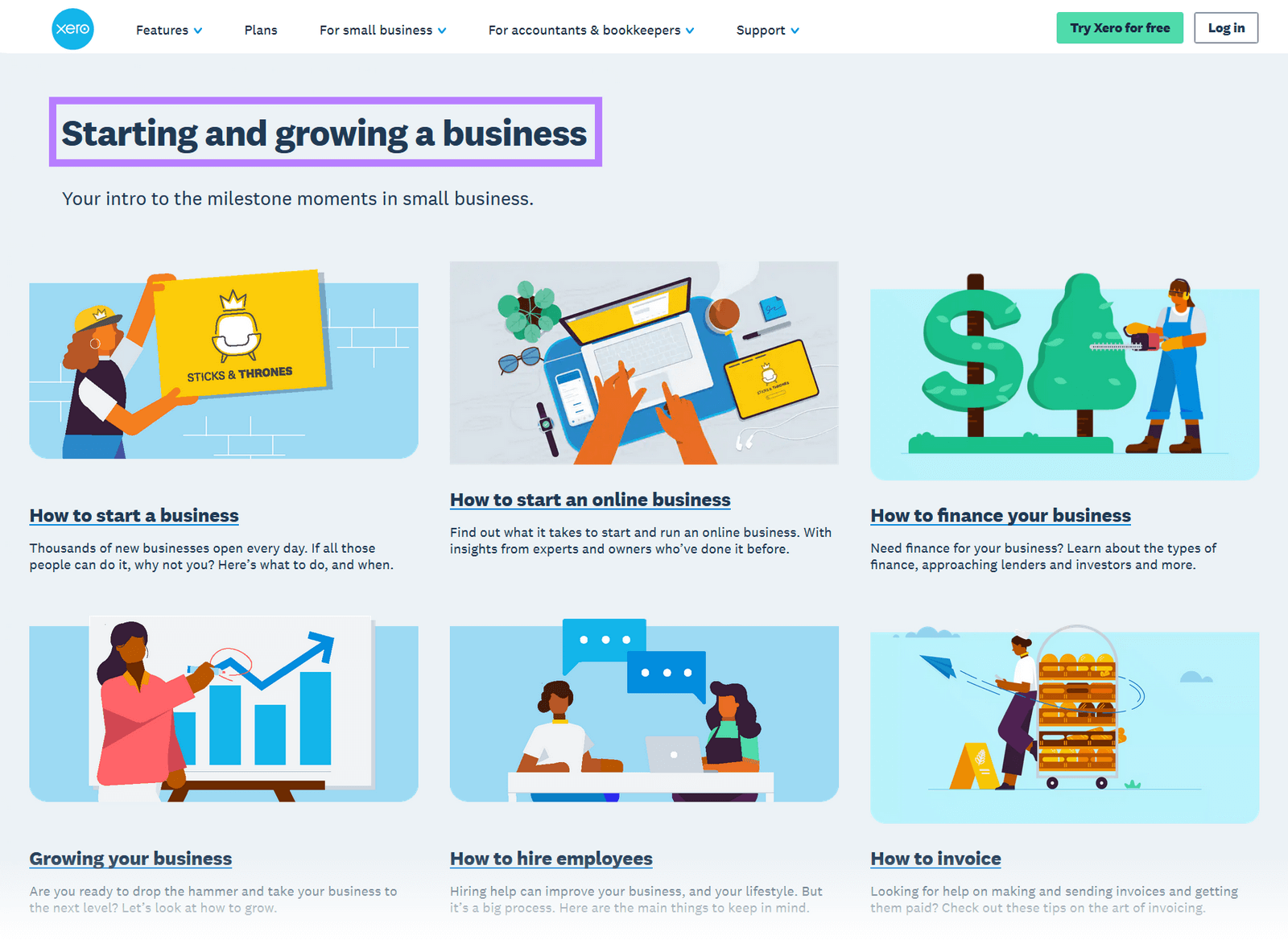
Your UVP should communicate what sets your brand apart from competitors and how it directly addresses your customer’s needs. Clarity and differentiation are key to making your UVP memorable and persuasive.
Create a Consistent Brand Voice and Messaging
Your brand’s voice should reflect your company’s values and the nature of your B2B relationships. Consistency in messaging across all channels helps build a strong and recognizable brand.
Incorporating storytelling into your marketing strategy is another powerful way to enhance brand identity and connect emotionally with your audience. Stories can convey your brand’s values, mission, and the benefits of your products or services in a relatable and memorable manner. Utilize various storytelling formats, from case studies highlighting customer successes to behind-the-scenes looks at your company’s processes. This approach not only illustrates your value proposition in action but also builds a narrative that people can identify with, fostering a deeper connection between your brand and its audience.
Design a Professional Logo and Visual Elements
First impressions can solidify or dissipate trust. Invest in high-quality design work that encapsulates your brand identity. Your logo, color palette, and typography become visual cues that reinforce brand recognition.
Create Valuable Content
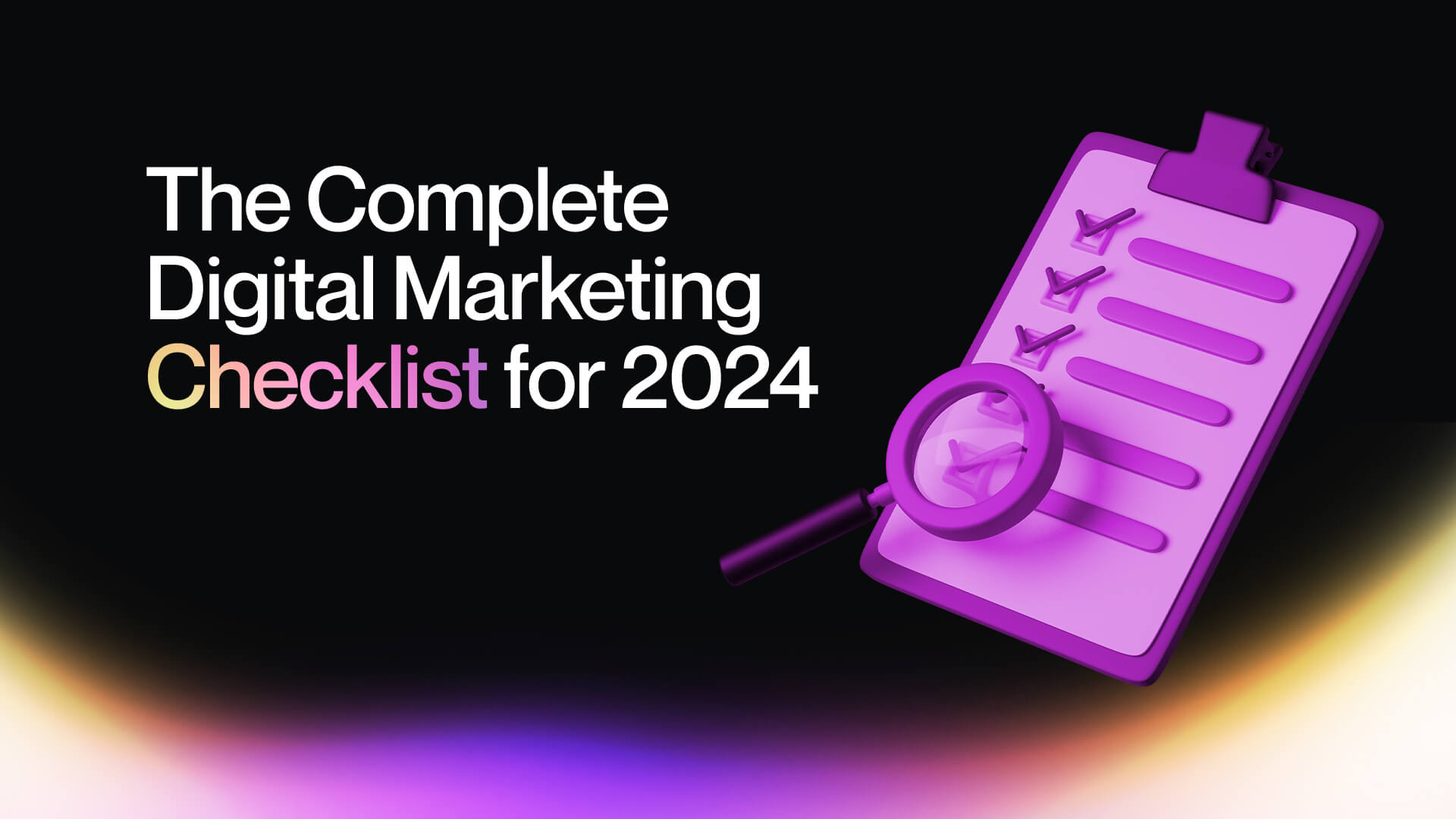
In the realm of B2B marketing, content plays a pivotal role as the backbone of fostering customer engagement and establishing trust. By delivering valuable and relevant content tailored to the target audience’s needs and pain points, businesses can effectively connect with potential clients, build lasting relationships, and drive meaningful interactions that lead to long-term partnerships and business growth.
Identify Content Topics Relevant to Your Target Audience
Stay abreast of industry trends and genuine concerns within your audience. Research and knowledge-sharing content can position your brand as a thought leader in your domain.
Develop a Content Calendar
A robust content calendar keeps your team organized and ensures a consistent publishing schedule that aligns with your marketing goals.
Diversify Content Formats
Vary your content formats to cater to different audience preferences. Blog posts, case studies, white papers, and webinars each play a role in the customer’s purchasing decision and may correspond to different stages of the buyer’s journey.
Optimize Your Website
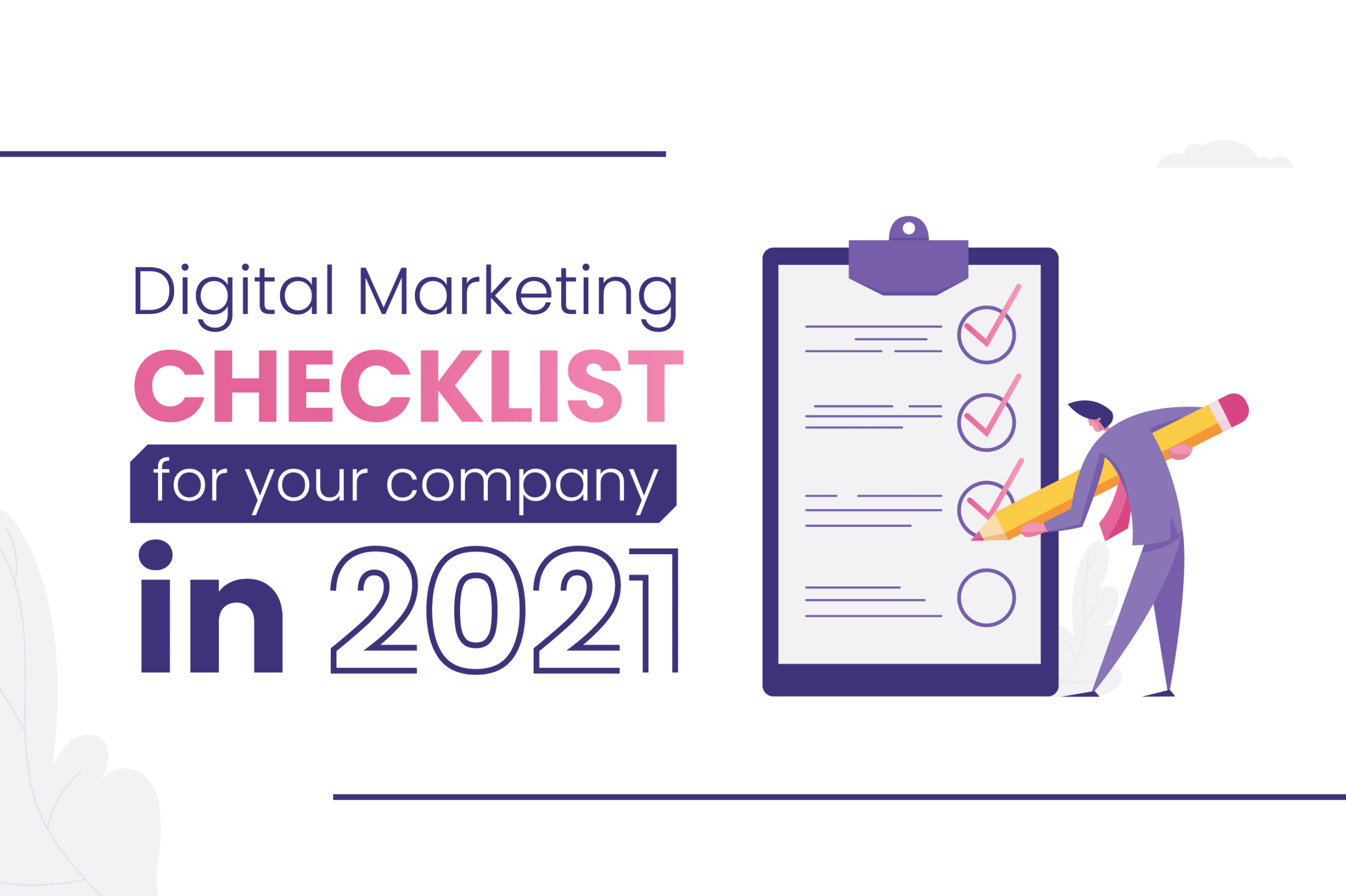
The initial impression your business makes on a prospect is often shaped by your website, serving as a window into your company’s ethos, values, and overall capabilities. It acts as a virtual storefront, showcasing not just what you offer but also how you present yourself to potential customers.
Ensure Your Website is Mobile-Friendly and Responsive
With the increase in mobile usage, a responsive design is no longer an option—it’s a necessity. Test usability on various devices to guarantee a seamless user experience.
Optimize Page Load Speed
Fast-loading pages reduce bounce rates and improve user satisfaction. Optimize your website’s performance by compressing images, cleaning up code, and leveraging browser caching.
Implement On-Page SEO Best Practices
Be sure to consider meta descriptions, headers, and keyword placement in your content. Proper SEO increases the likelihood of your website ranking higher in search engine results, driving organic traffic to your site.
Leverage Social Media

Social media plays a crucial role in today’s digital landscape, serving as a pivotal avenue for fostering engagement with audiences and increasing brand exposure. By leveraging various platforms and strategies, businesses can connect with their target market, build brand loyalty, and create a strong online presence that resonates with their audience.
Select the Most Relevant Social Media Platforms for Your Audience
Quality trumps quantity when it comes to social media. Identify the platforms where your audience is most active and tailor your content to these channels.
Create a Social Media Content Strategy
A strategy defines the types of content you’ll post, how frequently, and when. It also outlines how you’ll interact with followers and handle crises, maintaining a professional and proactive social media presence.
Engage with Your Followers and Industry Influencers
Foster a community around your brand by actively engaging with your audience. Collaboration and support from influencers can go a long way in amplifying your messages and expanding your reach.
Invest in Search Engine Marketing (SEM)
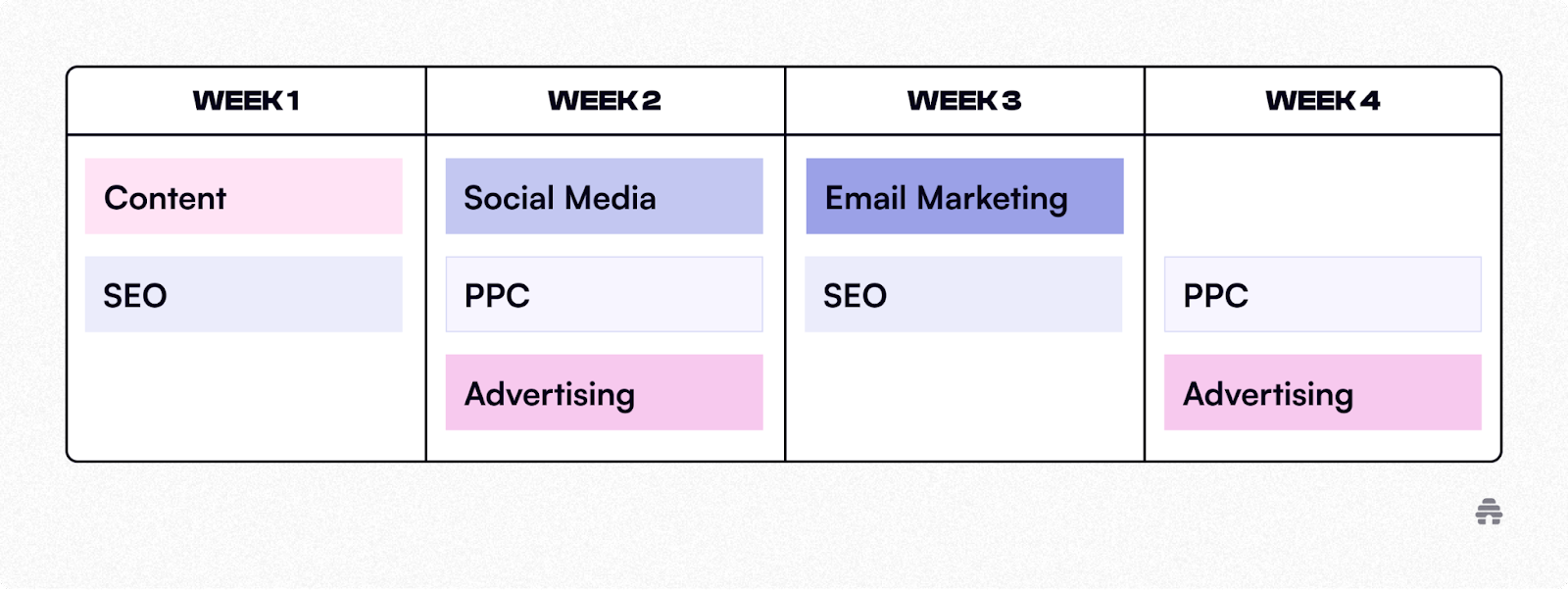
Search Engine Marketing (SEM) includes a combination of strategies to enhance a website’s visibility on search engine results pages. It involves organic search engine optimization (SEO) techniques, which focus on improving a website’s ranking through content optimization and link building, as well as paid search methods, where businesses pay for ad placements to drive traffic to their websites. By leveraging both SEO and paid search, companies can effectively reach their target audience and increase online visibility.
Conduct Keyword Research
Identify keywords that are relevant to your business and have a high search volume. These keywords should be strategically placed in your website content and used in your paid advertising campaigns.
Track and Analyze Your Digital Marketing Efforts
It’s crucial to measure the effectiveness of your digital marketing strategies to understand what’s working and what needs improvement. Utilize analytics tools to track website traffic, engagement rates, conversion rates, and the ROI of your marketing campaigns.
Use Data Analytics to Inform Decisions
Leveraging data analytics allows you to make informed decisions based on actual user behavior and interaction with your brand. This data can guide optimizations in your marketing strategy, from refining your targeting to adjusting your content calendar.
Implement Regular Reporting
Establish a routine for reporting on key performance indicators (KPIs) and metrics that matter most to your business goals. These reports should not only highlight successes but also areas of potential growth, enabling continuous improvement in your marketing efforts.
By systematically tracking, analyzing, and adjusting based on data, B2B marketers can significantly enhance the efficiency and effectiveness of their digital marketing initiatives, ensuring that resources are optimally allocated for the greatest impact.
Create Targeted Pay-Per-Click (PPC) Campaigns
Use your keyword research to bid on terms with the highest relevance and intent signals. Craft compelling ad copy that addresses the user’s query and entices clicks.
Monitor and Optimize Campaign Performance
Regularly review your PPC campaign metrics to fine-tune for better performance. Adjust budgets, refine keywords, and test different ad variations to maximize your return on investment.
Implement Email Marketing

Email marketing is a direct and cost-effective method to engage with your B2B audience. By leveraging targeted email campaigns, businesses can effectively reach out to prospects and clients, nurturing relationships and driving conversions. Additionally, with the ability to personalize content and analyze performance metrics, email offers a valuable channel for establishing brand awareness and fostering customer loyalty in the B2B space.
Develop a Segmented Email List
Create a segmented email list based on the demographics, interests, and behaviors of your audience. This allows for more personalized and targeted email campaigns that resonate better with recipients, improving open and click-through rates.
Craft Engaging Email Content
Focus on delivering value through your email content. Whether it’s insightful industry analysis, exclusive offers, or updates about your products and services, ensure your emails provide something useful to your audience.
Optimize for Mobile
With increasing numbers of emails being opened on mobile devices, it’s crucial to design your emails with mobile responsiveness in mind. Use a single-column layout, large text, and clear call-to-action buttons to enhance readability and engagement on smaller screens.
Analyze and Adjust Based on Metrics
Monitor key email marketing metrics such as open rates, click-through rates, and conversion rates. Use this data to tweak your email strategies for better performance. Testing different subject lines, content formats, and sending times can help find what works best for your audience.
Build a Targeted Email List
Collect and segment email addresses by industry, job title, or behavior to ensure your messages are relevant and resonate with your audience’s specific needs and interests.
Segment Your Email List Based on Subscriber Preferences
Personalization drives engagement. Use your segmented lists to send targeted emails that address the unique interests of each group.
Create Engaging Email Campaigns
Write compelling subject lines and content that encourages opens and clicks. Design your emails to be visually appealing and easy to read on all devices.
Attend Industry Events and Conferences

Engaging in face-to-face interactions at industry events can foster meaningful connections that pave the way for valuable networking opportunities and increased exposure within the professional community. Such direct engagements provide a platform for individuals to exchange ideas, collaborate on projects, and establish lasting relationships that can potentially lead to fruitful partnerships and business ventures.
Identify Relevant Events and Conferences
Be selective about the events you attend. Quality always trumps quantity, so focus on gatherings where you are likely to meet your target audience and industry leaders.
Prepare Engaging Presentations or Demos
Leverage speaking opportunities to showcase your expertise and offering. Offer valuable insights and articulate your value proposition clearly in every interaction.
Network with Potential Clients and Partners
Engage in meaningful conversations with attendees. Networking is not just about spreading the word—it’s also about listening and understanding the needs of others.
Collaborate with Influencers

Collaborating with key industry influencers can significantly enhance the credibility of your brand and broaden your scope of audience reach. By leveraging the expertise and influence of these professionals, you can tap into new networks, establish stronger connections with your target audience, and boost brand visibility in your industry. This strategic partnership not only adds credibility but also opens up opportunities for building long-term relationships and fostering brand advocacy among a wider audience base.
Identify Influencers in Your Industry
Look for thought leaders who are respected and have a significant following within your target market.
Establish Relationships with Influencers
Authentic relationships lead to genuine advocacy. Take the time to foster connections and prove the value of your brand to influencers you’d like to work with.
Co-create Content or Partner on Campaigns
Collaborate on webinars, e-books, or social media campaigns that provide mutual benefit. Both sides should receive value, whether it’s thought leadership, exposure, or valuable content.
Measure and Analyze Results
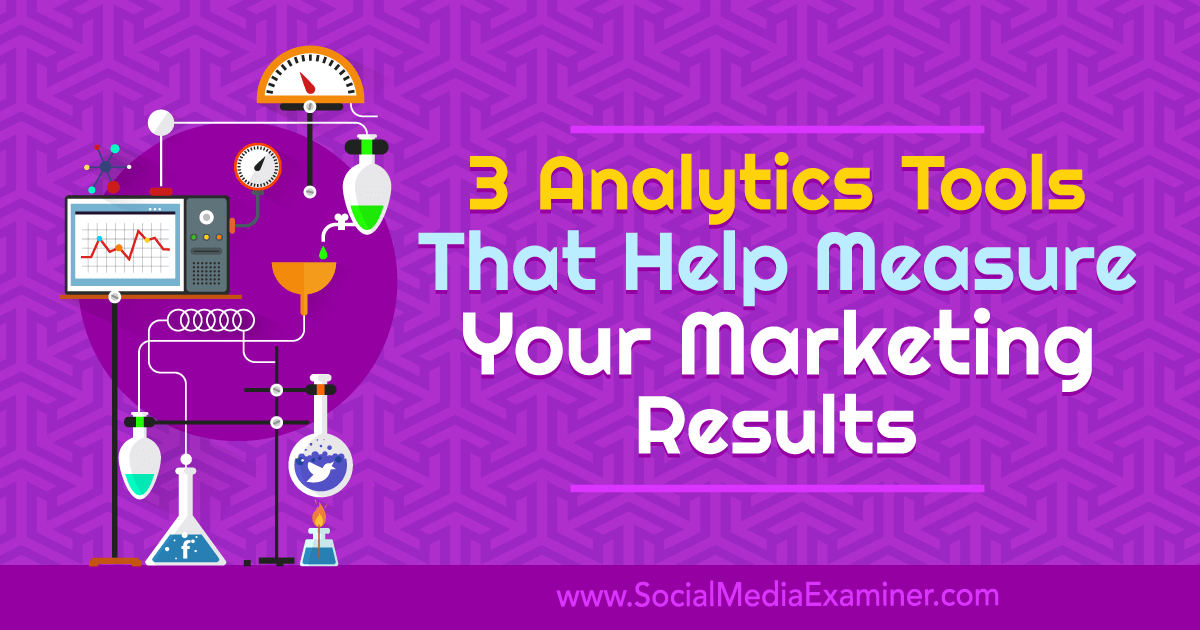
Data is your most potent tool in B2B marketing, guiding your next move and indicating areas for improvement.
Leverage Social Media for Brand Awareness
Utilizing social media platforms can greatly enhance your brand’s visibility and engagement with a B2B audience.
Choose the Right Platforms
Not all social media platforms are suited for every business. Identify where your target audience is most active. LinkedIn, for example, is highly effective for B2B interactions due to its professional user base.
Create Valuable Content
Share content that adds value to your audience’s professional lives, such as industry insights, company news, and educational material. This positions your brand as an authority in your field.
Engage Actively with Your Community
Interaction on social media isn’t just about posting content. Respond to comments, engage with followers’ content, and participate in industry-specific conversations. This builds a stronger, more engaged community around your brand.
Utilize Paid Social Media Advertising
Paid ads on platforms like LinkedIn can help increase the reach of your content or promotions to a highly targeted audience, improving the chances of generating leads and conversions.
Implement a Content Marketing Strategy
Content is the backbone of digital marketing, providing valuable information that helps in educating and influencing B2B buyers.
Develop a Content Calendar
Plan your content in advance to ensure a consistent publishing schedule. This helps in maintaining a constant presence in the minds of your audience.
Produce a Variety of Content Types
Diversify your content offerings to include blogs, whitepapers, case studies, videos, and infographics. Different formats can appeal to various segments of your audience and cater to their preferences.
Focus on SEO
Optimize your content for search engines to improve visibility in search results. Use relevant keywords, create quality backlinks, and ensure your website provides a good user experience.
Measure Content Performance
Analyzing the performance of your content helps you understand what resonates with your audience. Use these insights to refine your content strategy over time, focusing on topics and formats that generate the most engagement.
By integrating these strategies into your overall B2B digital marketing plan, you can create a comprehensive approach that supports your business goals, enhances your brand presence, and drives meaningful engagement with your target audience.
Track Marketing Campaign Performance
With proper tracking in place, you can determine which marketing efforts are yielding the best results and which ones require adjustment.
Analyze Website and Social Media Metrics
Engagement, bounce rates, and clicks can reveal how well your content and social strategies are performing. Use these insights to refine your approach.
Use Data to Inform Future Marketing Decisions
Every decision, from investment to content creation, should be data-driven. Data empowers you to make informed choices that lead to more effective and efficient marketing efforts.




